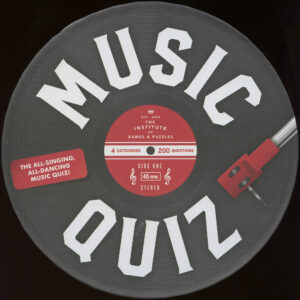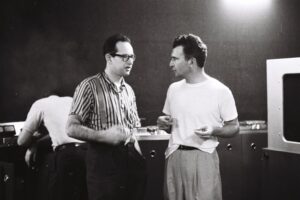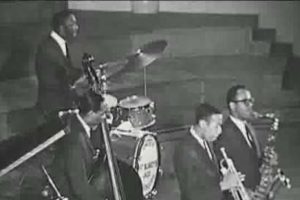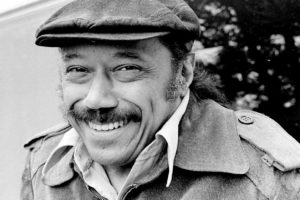Wikipedia leads its profile with a snapshot of Wayne Shorter’s importance:
Jazz critic Ben Ratliff of the New York Times wrote that Shorter is “generally acknowledged to be jazz’s greatest living composer.” Many of Shorter’s compositions have become jazz standards. His output has earned worldwide recognition, critical praise and various commendations, including multipleGrammy Awards.
Shorter first came to wide prominence in the late 1950s as a member of, and eventually primary composer for, Art Blakey‘s Jazz Messengers. In the 1960s, he went on to join Miles Davis‘s Second Great Quintet, and from there he co-founded the jazz fusion band Weather Report. He has recorded over 20 albums as a bandleader. (Continue Reading…)
Here is the beginning of Shorter’s bio at Europe Jazz Net:
Wayne Shorter was considered “the idea man” behind Miles Davis’s legendary 60s quintet, and the tenor and soprano sax player brings this creative input to the Hancock – Shorter quartet. Since that era nearly twentyfive years ago, Shorter has continually proved that he is one of the top reedmen in contemporary music.
Born August 25, 1933, in Newark, New Jersey, Shorter served in the U.S. Army from 1956 to 1958. He then began working with pianist Horace Silver and as his reputation in New York City grew, Shorter found himself performing with the Maynard Ferguson band. This lead to a stint with Art Blakey that lasted from 1959 to 1963, by which time the saxophonist was clearly established as a newcomer to watch.
Here is a link to an interesting story on a concert in 2000 featuring Shorter and Herbie Hancock and Shorter’s website which include Footprints (above) and Joy Ride (below).










